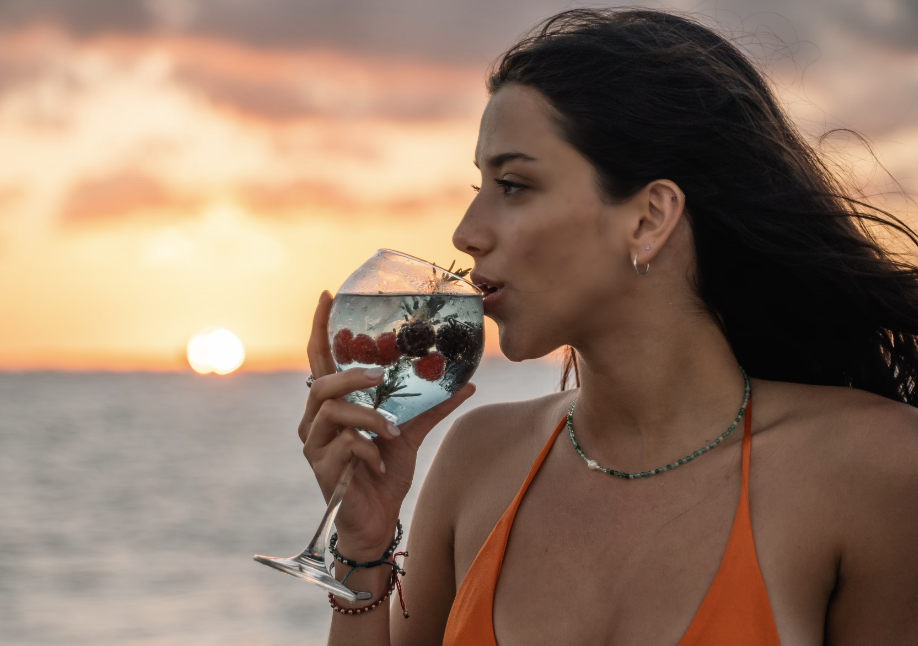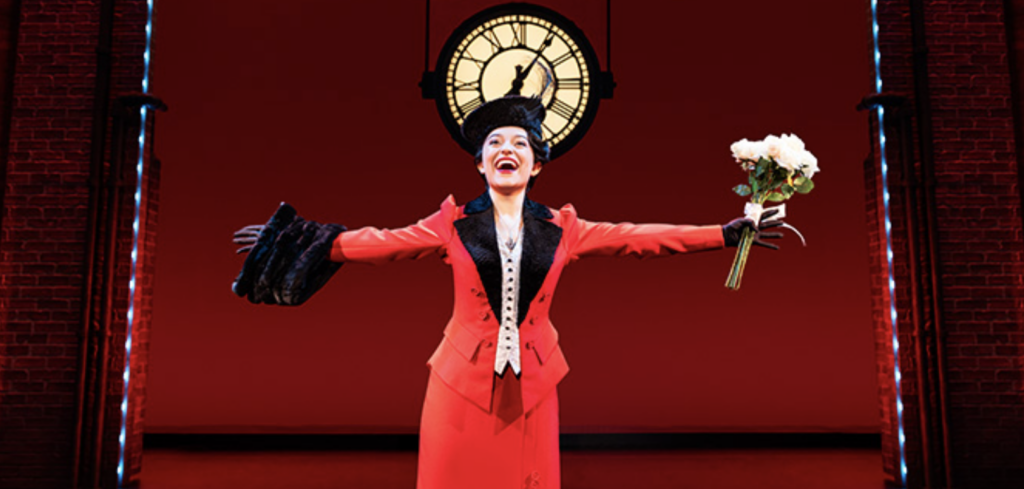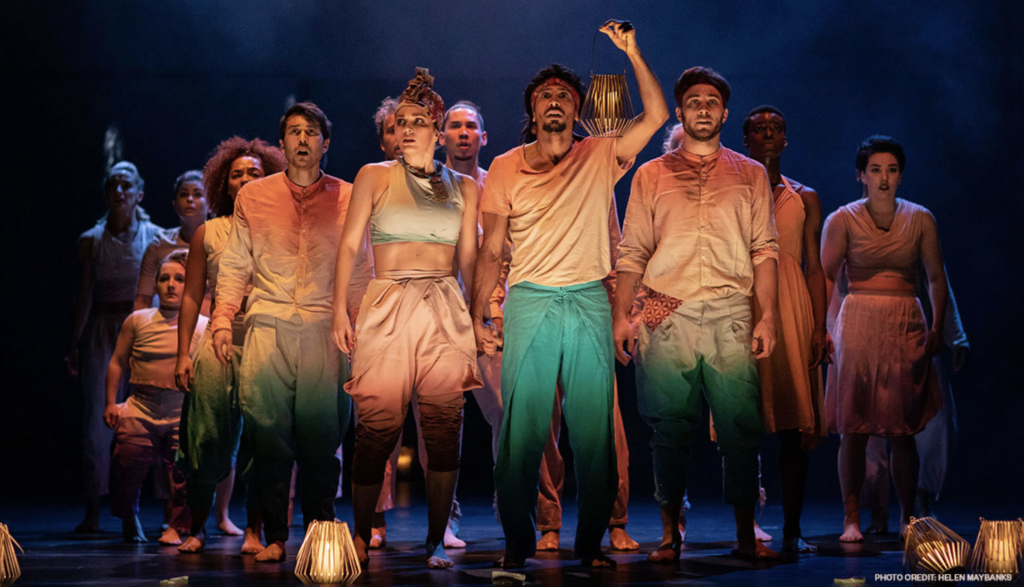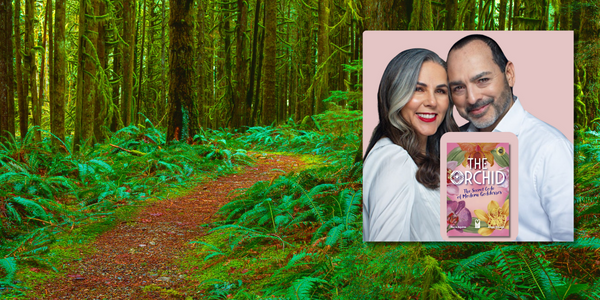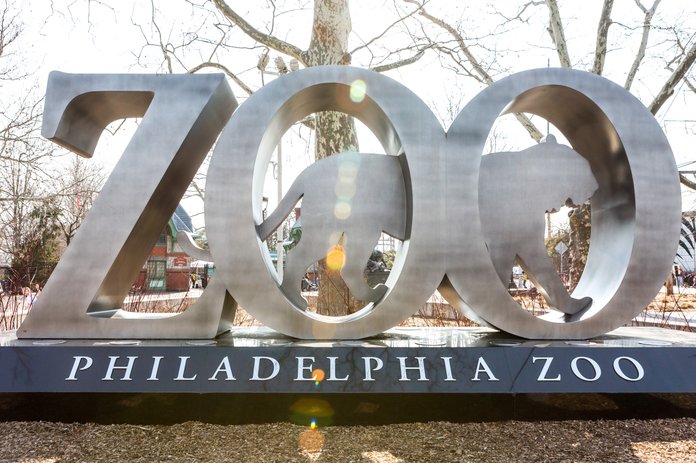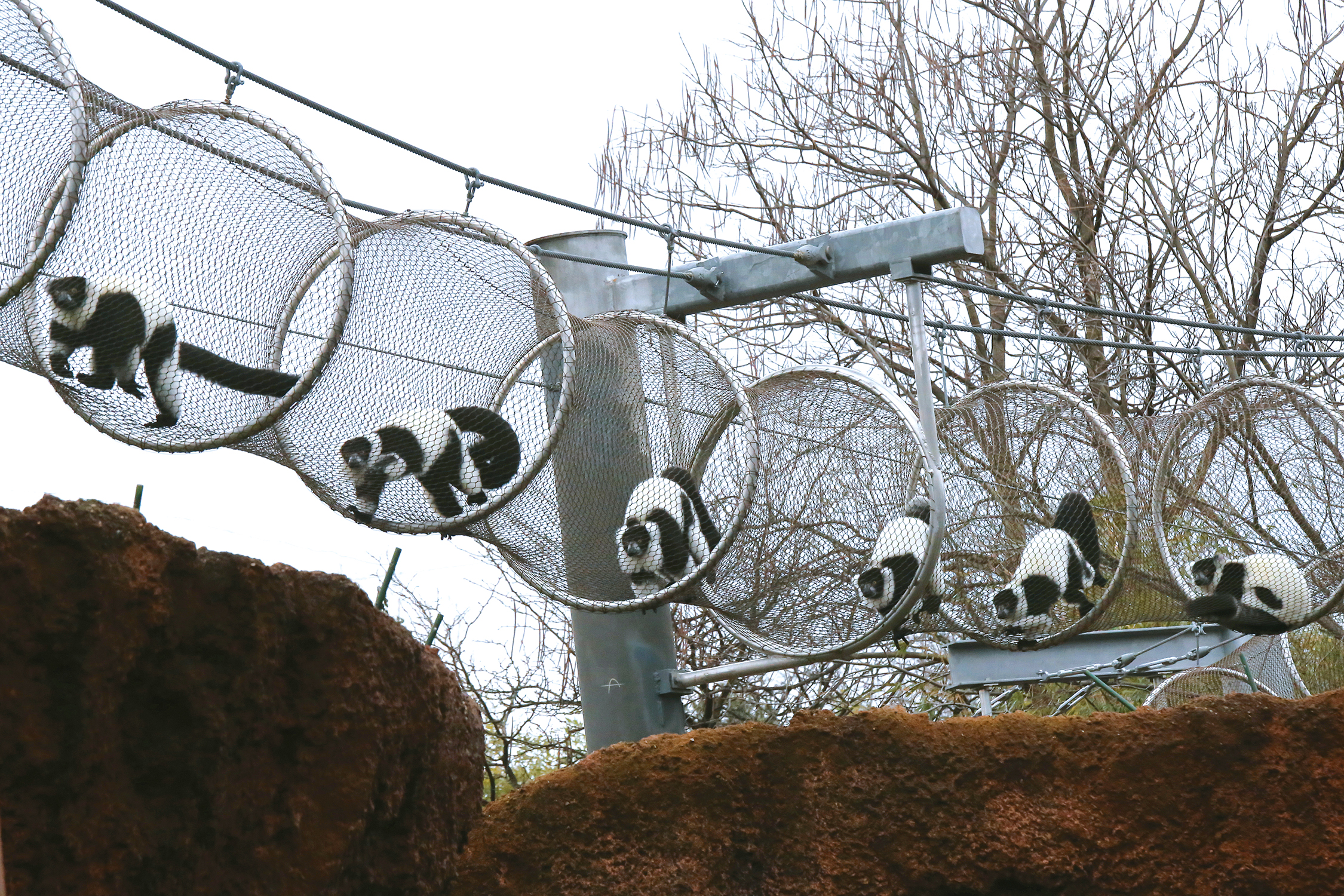Philadelphia Zoo welcomes 3 Ankole-Watusi cattle
Philadelphia Zoo is thrilled to announce the arrival of three Ankole-Watusi (Ankole) cattle, now on exhibit on African Plains.
Called “Cattle of Kings,” Ankole are renowned for massive crescent or lyre-shaped horns measuring up to 8-feet wide that continue to grow as the animals age, eventually weighing up to 15 lbs. each. Gentle in nature and massive in size, Ankole can weigh between 1,200 and 1,600 lbs., making them an incredible sight to see.
“We are thrilled to bring this striking breed to the Zoo for the first time in our 163-year history.
We are certain they will enhance our visitor’s experience while highlighting the conservation work the Zoo supports in Uganda.
There, through work with the New Nature Foundation, the Zoo empowers people to live in greater harmony with nature, and our new Ankole cattle will help to share that important story,”
says Michael Stern, the Zoo’s Andrew J. Baker Curator of Primates & Small Mammals and Acting Curator of Carnivores & Ungulates.
In celebration of the Ankole’s arrival, the Zoo enlisted the help of the public to name their new residents.
Related:
The Roots Picnic returns to Philadelphia with Mary J. Blige, The Roots, Summer Walker, Wizkid and more
Selecting from a list of names developed by zookeepers and in line with the traditions of Uganda’s Banyankole people (originators of the Ankole breed), the suggested names are based on the color of the cattle’s hair or on its personality. After tallying the votes, the public chose the following names for the cattle:
- Yamaani (Yah-mah-nee) – Meaning “energetic”
- Gaaju (Gah-joo) – Meaning “dark brown cattle”
- Kutekaana (Koo-tay-kah-nah) – Meaning “calm”
Native to East Africa, Ankole are descendants of an ancient breed of cattle that lived in the Nile Valley around 4000 BC. Traditionally considered sacred, Ankole supplied milk (and only rarely meat) as an owner’s wealth was counted in livestock. As domesticated cattle, Ankole are not threatened thanks to the dedicated efforts of breeders and zoos, but their cousins in the wild can be at the interface of human-wildlife interactions.
Philadelphia Zoo
Animals are on the move like never before at Philadelphia Zoo with Zoo360, a first-in-the-world system of see-through trails passing through treetops, crossing over pathways and connecting habitats, giving animals like amazing big cats, majestic primates and marvelous meerkats the opportunities to travel and explore.
Related:
Part of the Philly Zoo’s “America the Beautiful” initiative, 30×30 is a national goal to conserve and restore at least 30% of U.S. lands, waters, and ocean by 2030.
Visit western lowland gorillas, giraffes, hippos, white rhino, zebras, red pandas, Amur tigers and more at America’s first Zoo. Explore a 42-acre Victorian garden and enjoy award-winning exhibits. Philadelphia Zoo is one of the region’s foremost conservation organizations and home to nearly 1,700 animals, many rare and endangered.
By connecting people with wildlife, Philadelphia Zoo creates joyful discovery and inspires action for animals and habitats. The Zoo welcomed more than 1.25 million visitors last year.
Philadelphia Zoo is accredited by the Association of Zoos and Aquariums. Philadelphia Zoo is a non-smoking facility.
For more information or to purchase tickets online, visit us at www.PhiladelphiaZoo.org.




